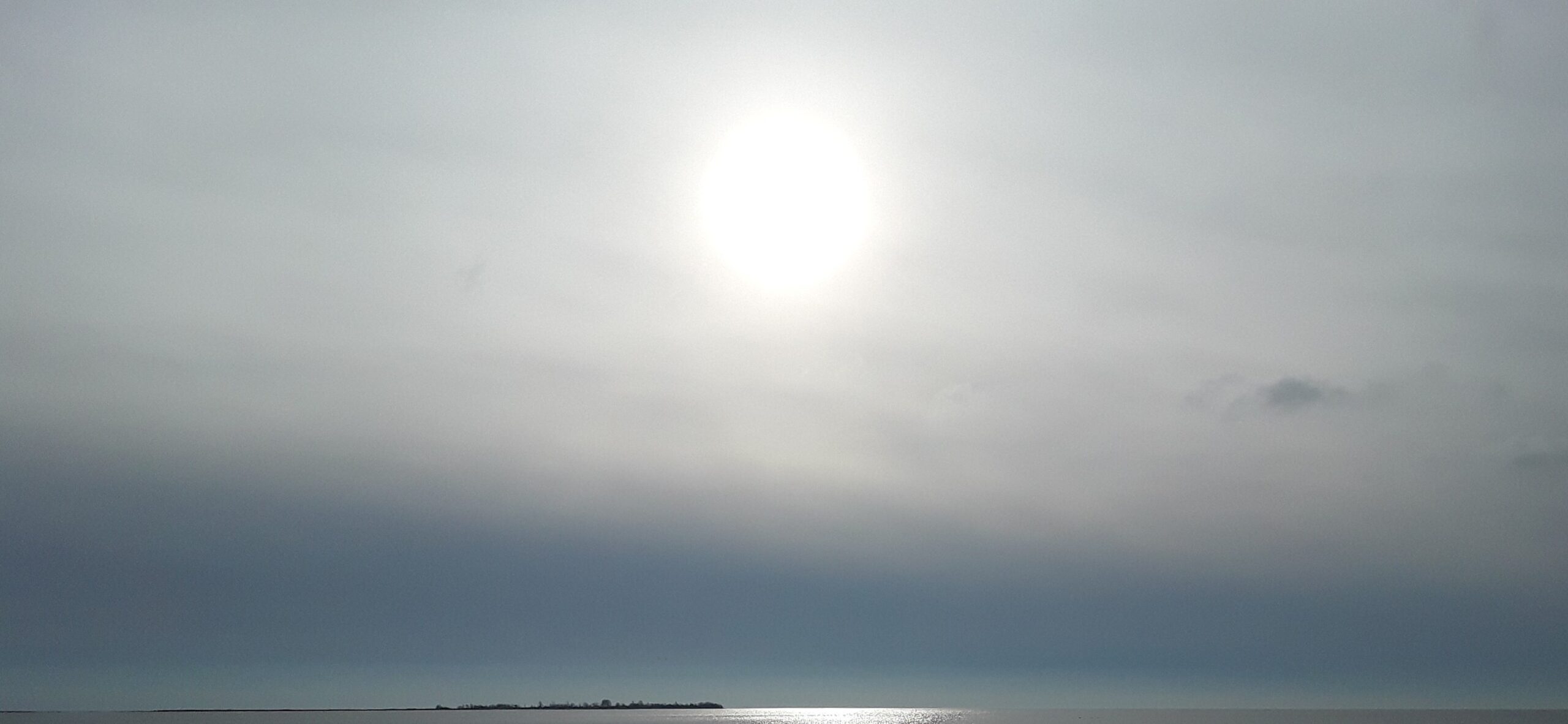
Quotes
“
Although the old cases can be used to illuminate a variety of issues, in their most basic form they pose a question whose very form exemplifies or actually heightens the problem it poses. Thus, in the first case students traditionally encounter, a young monk asks his teacher, “Does a dog have buddha-nature or not?” The question reflects our own preoccupation with what we have or don’t have, with what’s base about ourselves and what we imagine is spiritual. It reveals the basic gap most of us experience between who we think we are and what we want to attain. That way of experiencing life as either/or, and ourselves in terms of have or have not, is the shape of our most basic conflicts. The koan challenges us not to answer the question, but to radically escape from its (and our own) arbitrary dichotomies.
~
Barry Magid, “Ending the Pursuit of Happiness”
“
All the time I pray to Buddha
I keep on
killing mosquitoes.
~
Haiku by Issa
“
To study the Way is to study the self. To study the self is to forget the self. To forget the self is to be actualized (enlightened) by the myriad things. When actualized by the myriad things, your body and mind as well as the bodies and minds of others drop away. No trace of enlightenment remains, and this no-trace continues endlessly.
~
Dogen Zenji
“
Awakening is the process of opening the heart and clarifying the mind that is made real in a person’s life. It isn’t a destination; it’s the path each of us is already walking, and it’s unfolding in big and small ways all the time.
What is revealed in a breakthrough isn’t something truer than our usual experience: It is an aspect of reality, just as the way we ordinarily experience the world is also an aspect of reality. We know the limitations of our ordinary way of seeing things—it’s often what provokes people to take up meditation in the first place—and opening to the vastness does make a difference. But thinking that the breakthrough view is more real misses what is actually so: The world is one whole thing, and it is only our human perspective that creates categories of vast and ordinary. Working with koans is a way to integrate these two views, to experience the one whole thing. Happily ever after? Sure. And also painfully ever after, and no before and no after, and no ever and no ending of ever. And all of it just fine.
~
Roshi Joan Sutherland
“
I recall the words of a wise sage from India who said, “What you are, the world is.” And to this we have to add, “What the world is, is what you are.” This is to see things in a way that dissolves the opposition between ourselves and the “world.” The “world” is “what we are.” The world is not something outside of us, something that we view as mere bystanders, lamenting its sorrows and evils. No, what happens to the whole world as such is what happens to our very own True Selves. The sickness of the world is our very own sickness. This is the sickness of the bodhisattva; it is a sickness that is also the hope and salvation of all living beings.
~
R. Habito, S.J.
“
Buddha is Sanskrit for what you call aware, miraculously aware. Responding, perceiving, arching your brows, blinking your eyes, moving your hands and feet, it’s all your miraculously aware nature.
~
Ôbaku
“
Go beyond language. Go beyond thought.
…At every moment where language can’t go, that’s your mind…
Basically, seeing, hearing, and knowing are completely empty.
Your anger, joy, or pain is like that of a puppet.
You can search, but you won’t find a thing.”
~
Ôbaku (Ch. Huang Po, Teacher of Rinzai)
“
Waste no more time arguing what a person should be. Be one.
~
Marcus Aurelius
